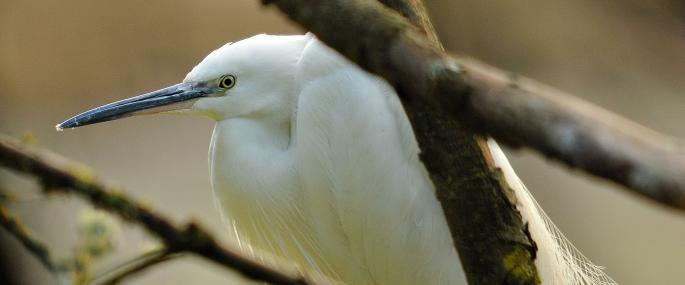The Little Egret is a small, white heron which feeds on small fish and crustaceans. Once a very rare visitor from the Mediterranean, Little Egrets are now a common sight around the coasts of southern England and Wales as they expand their range, possibly due to climate change. It first bred in the UK on Brownsea Island, Dorset, in 1996, and has been moving northwards ever since; it was recorded as breeding in Berkshire for the first time in 2007.
With the effects of climate change becoming more apparent - from unseasonal flooding to warmer winters - it is quite likely that more wildlife will be able to expand its range. This might be good for those species that are threatened, but it may cause competition between species and unbalance natural habitats. The Wildlife Trusts are working with other organisations and individuals to create a 'Living Landscape': a network of habitats stretching across town and country, allowing wildlife to adapt to climate change and move about freely, and people to enjoy the benefits of nature. Support this greener vision for the future by joining your local Wildlife Trust.
